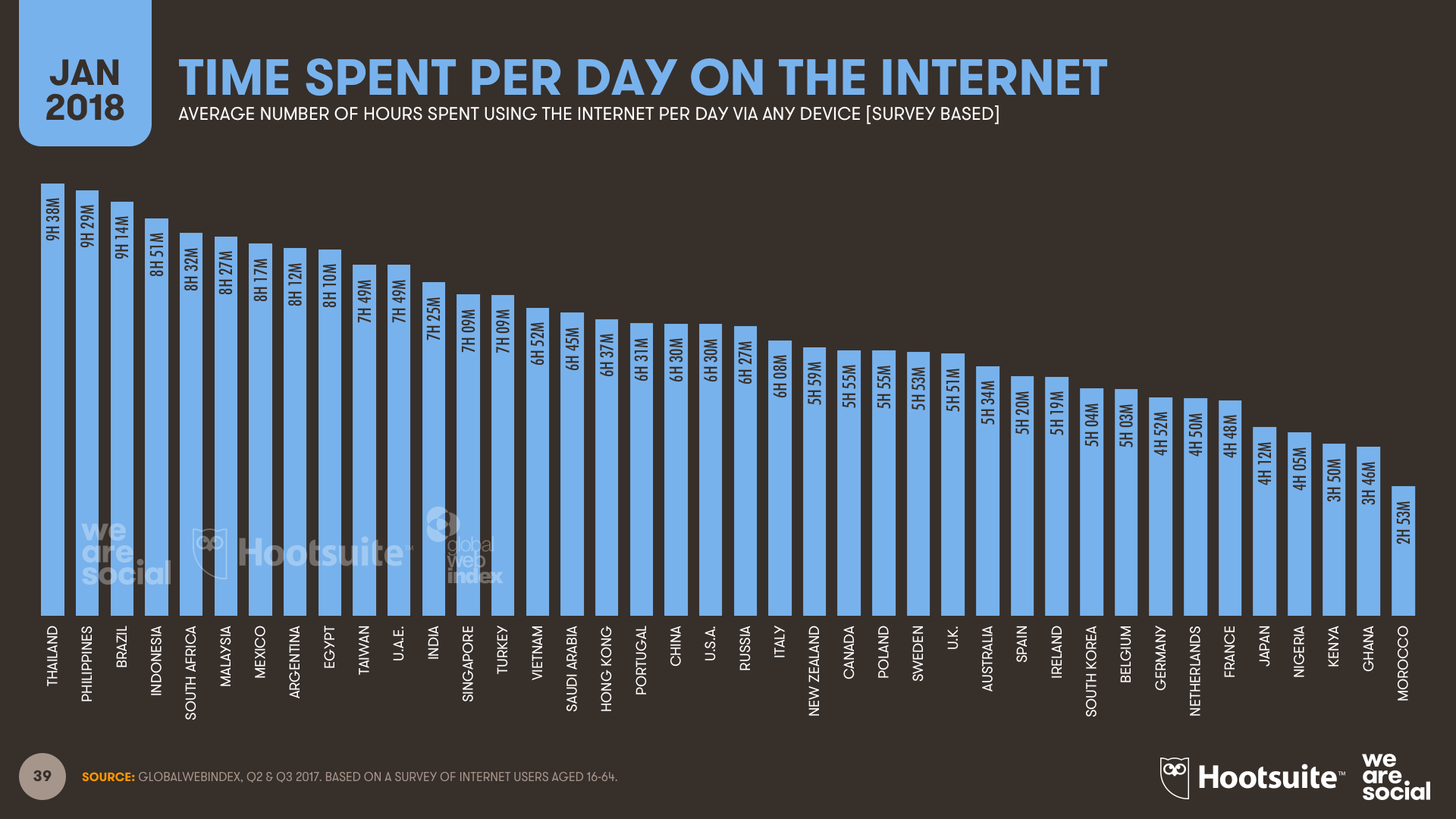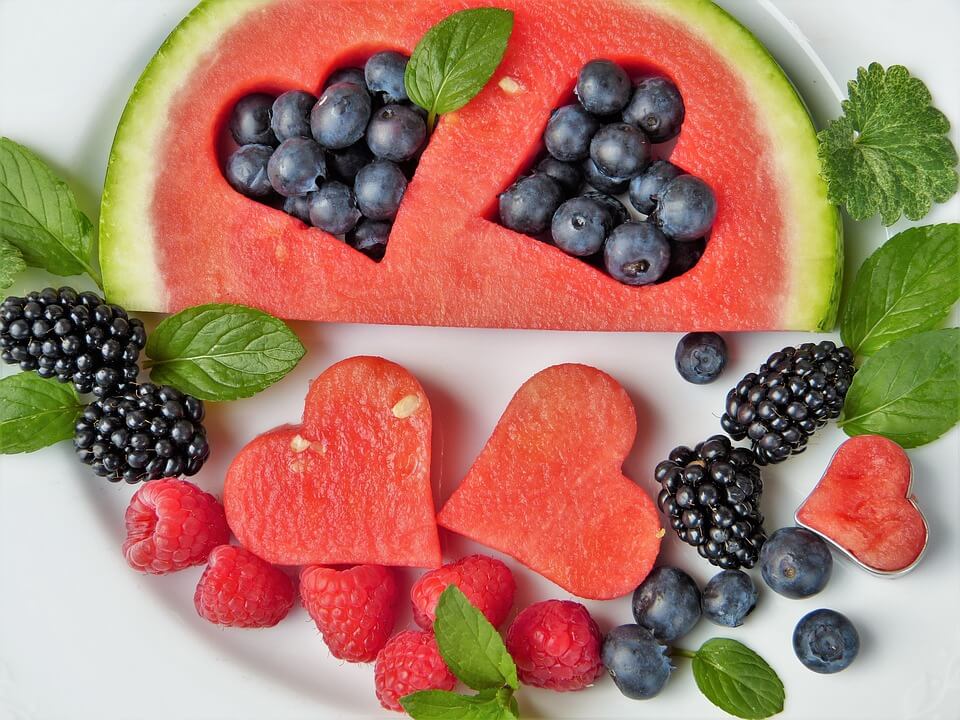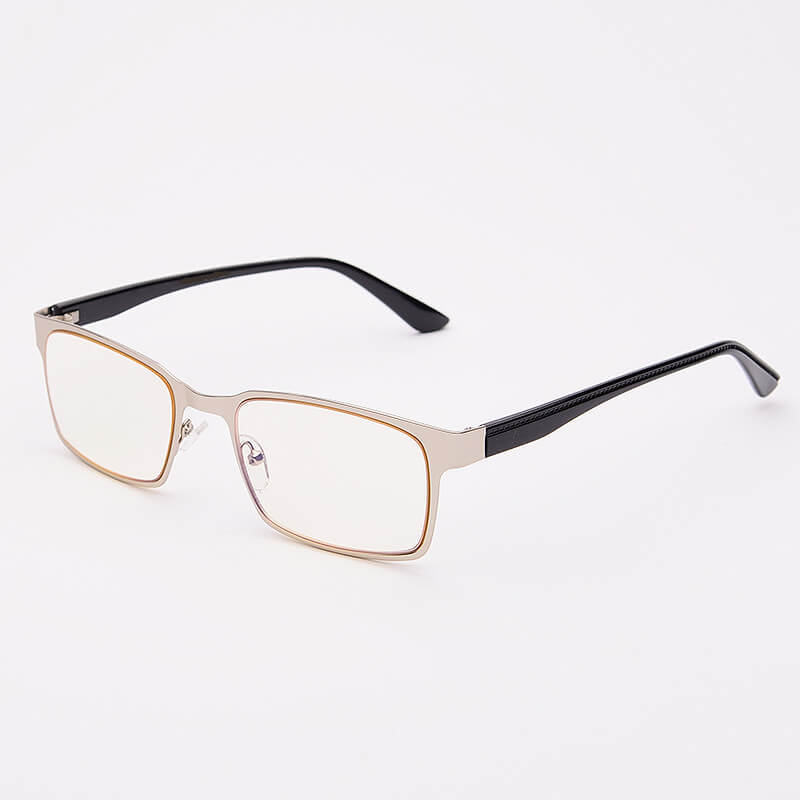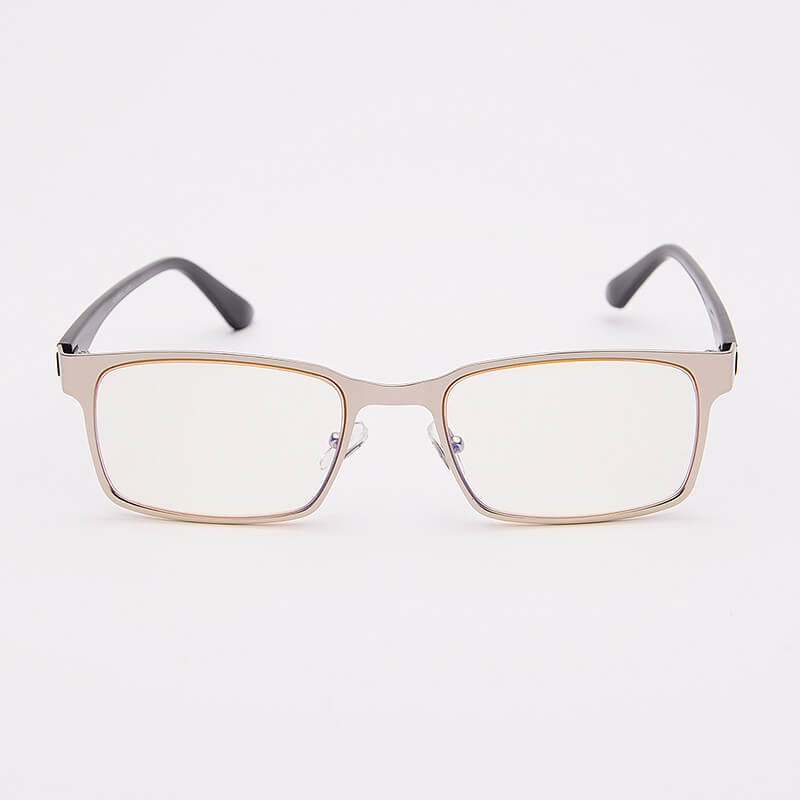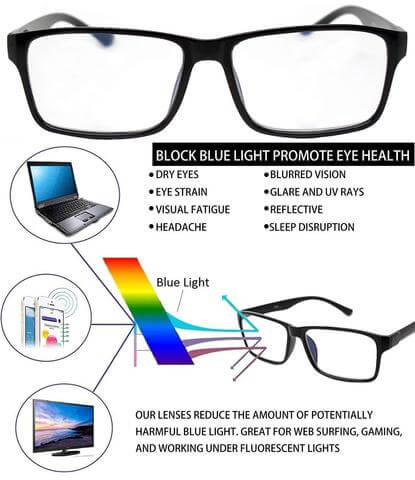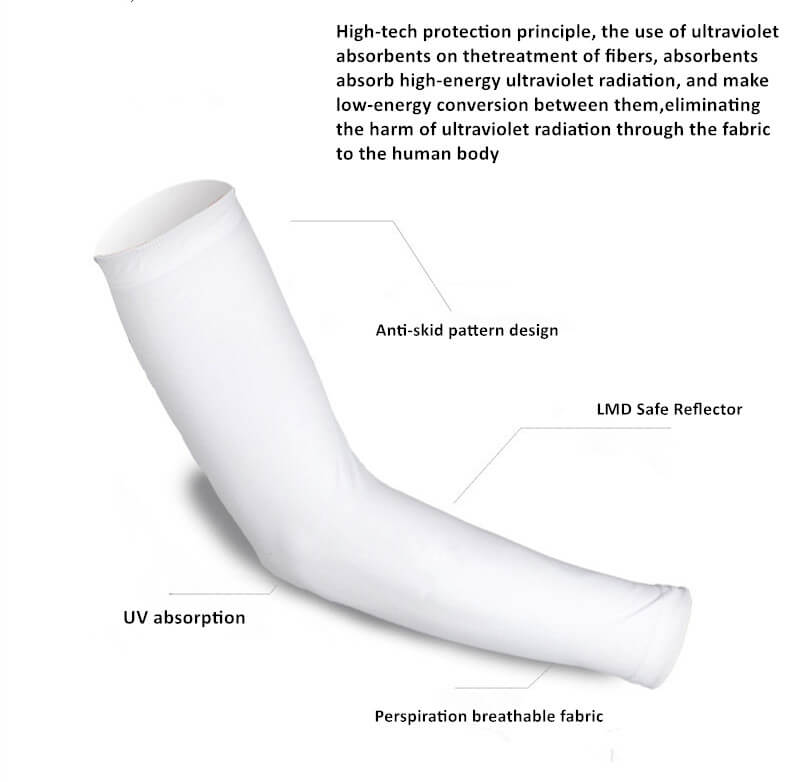Various processes used in designing Socks by BSCI certified socks factory
We can customize private-label socks for you.
Socks have increasingly become a new style which equal to clothing industry as an integral part across the world. They are dedicated in their functionality to simply protect the feet,but they also pursue a clear fashion statement. More manufacturers are now focusing on radical design concepts in socks including the usage of striking colors, patterns, pop culture references and so on.
The process of designing socks is complicated as making any other outfits. Actually, the recent tendency in socks design has led to the new creation of methods of their manufacture for upgrade the advanced designs and functionality. In the following ,there are some of the processes behind designing socks.
Digital Designing
Digital technology is the lastest one which is currently utilized in any production . Almost all kinds of T-shirt ,skirts and socks are very depended on this technology.For textiles, the process of designing is rather different compared with those used in conventional print .
Usually, bitmaps is a material which is utilized for building the sock designs.Each pattern and color is carefully reflected pixel by pixel. Each of the pixels corresponds to a stitch that is programmed into the knitting machines for making the socks.
Knitting
Yarns ,which primarily consist of socks.And colored yarns are commonly used for making fully knitted socks. Knitting machines knit together the yarns for making the socks. Printing is another method used mainly for sublimation socks. They allow the creation of intricate details and shading in the design of the socks.
Knitting socks have many advantages.One is that the knitted socks are much softer than the rest and the other is knitting socks are comfortable to the wearer since it presents good levels . What’s more, when we use the high-quality materials,the socks are at a higher material quality , by doing this,our socks will actually stand out from the rest in the intensive competition.
Stretch Designing
It’s a simple practice that when wearing socks, the patterns on its surface can stretch . This can affect the pattern of socks. Manufacturers is bound to take note of this issue when designing the socks. There are numerous methods are you can use to design the best patterns for stretches which are common and durable when wearing .For these issues ,stretch design remains one of the most worrying design considerations for most sock manufacturers.
Adding the Heel
There is an another notable problem in sock-designing is adding the heel to the sock . At past,manufacturers just add the heel normally without considering about the patterns. Adding the heel made it possible that there have a seamless integration of heel without any interruption by adjusting the pattern around the heel break.
Balance
Sock designers commit themselves to achieving a balance in the design and patterns of their products. In order to do this, they strike upon a balance in simple even complex patterns that results in a product produced suitable for the tastes of any customer.


